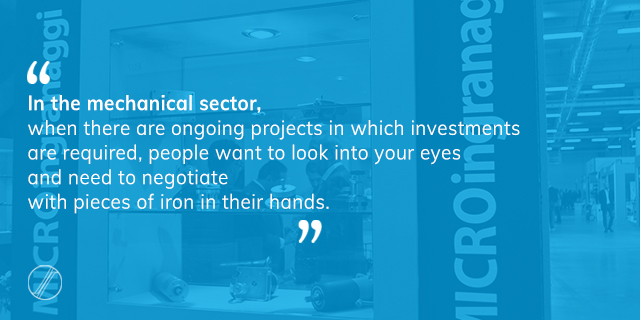The title poses a deliberately provocative question. The reason is that I am often taken aback by how directives of fundamental importance, which entered into force years and years ago, are not as acknowledged as one would imagine. Or at least with regard to some of the more essential aspects.
Let’s take for instance Directive 2006/42/EC, more commonly referred to as the New Machinery Directive. As those who operate in this sector are well aware, this directive dates back to 2006 and applies to fixed, mobile, transportable lifting and handling machines which, compared to the previous version (Directive 98/37/EC), introduces the partly-completed machinery concept, i.e. instruments with the typical characteristics of a machine (for instance a hydraulic, mechanical or electrical drive system), but which are not able to carry out a specific process on their own. In other words, they have to be connected to a completed machine in order to operate.
That said, let’s go back to the question.
In order to be placed on the market and then used, a machine must have its own CE certification in accordance with the provisions of the Machinery Directive. Let’s take, for instance, a lathe unit and a bar loader connected to it.
Both of them must have their own CE certification. There’s nothing new so far.
But what can we say about the lathe and bar loader as a single uni?
Does a unit consisting of two machines require its own CE Certification?
The answer is a big yes.
In fact, when two machines are connected to each other this can generate new risks, which clearly could not have been foreseen during the certification phases of the individual systems. This is why a new assessment is required so that – once all necessary precautions have been put in place – the new CE certification can be drawn up for the new unit.
That seems so obvious, doesn’t it?
Well it appears it isn’t. It is surprising how many sector operators – and I refer to professionals specialized in Industry 4.0 support services, or Prevention and Protection Services Managers (PPSM) who appear to ignore provisions as important as those I am discussing today.
Provisions that seem to have been emphasised recently by the new obligations imposed to gain access to the hyper-depreciation (which, as you can imagine, embraced a series of instructions already endorsed by the Machinery Directive).
Yet there is also another aspect
if – as we said earlier – a unit consisting of two machines requires its own new CE Certification, who is required to prepare it? Whose responsibility is it?
Generally speaking, a machine manufacturer only certifies what he produces, so there are two options. Or a vendor who assumes the responsibility of selling both machines comprising the unit and therefore certifies the same.
Or, in the case where a company (such as MICROingranaggi) decides to purchase one machine from one manufacturer and the other from another manufacturer, and put them together itself, the company is now responsible for certifying the new unit.





